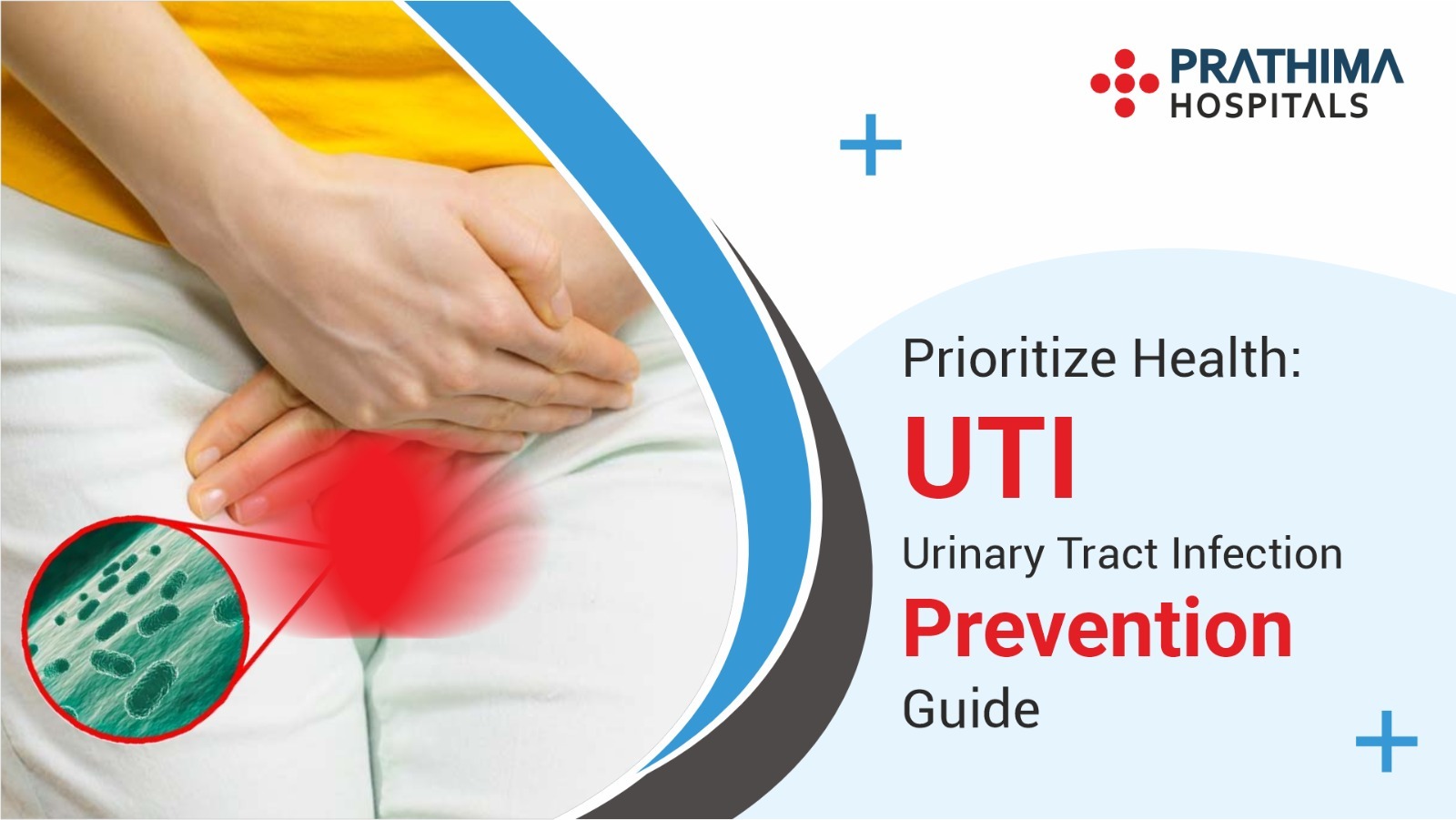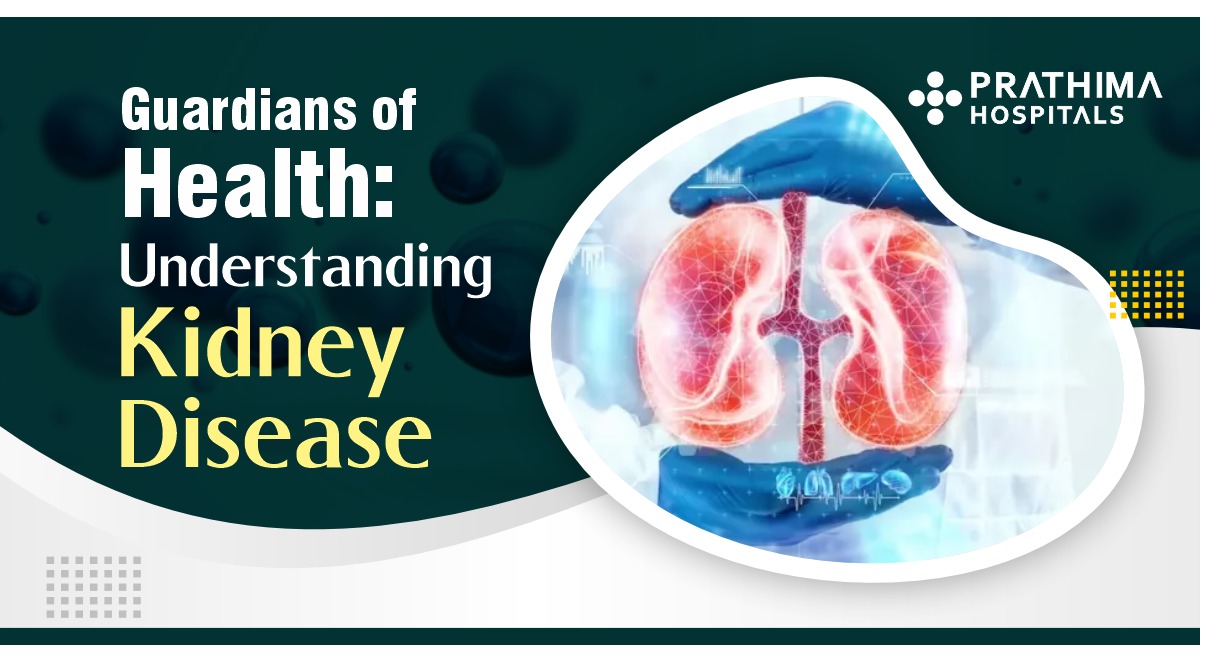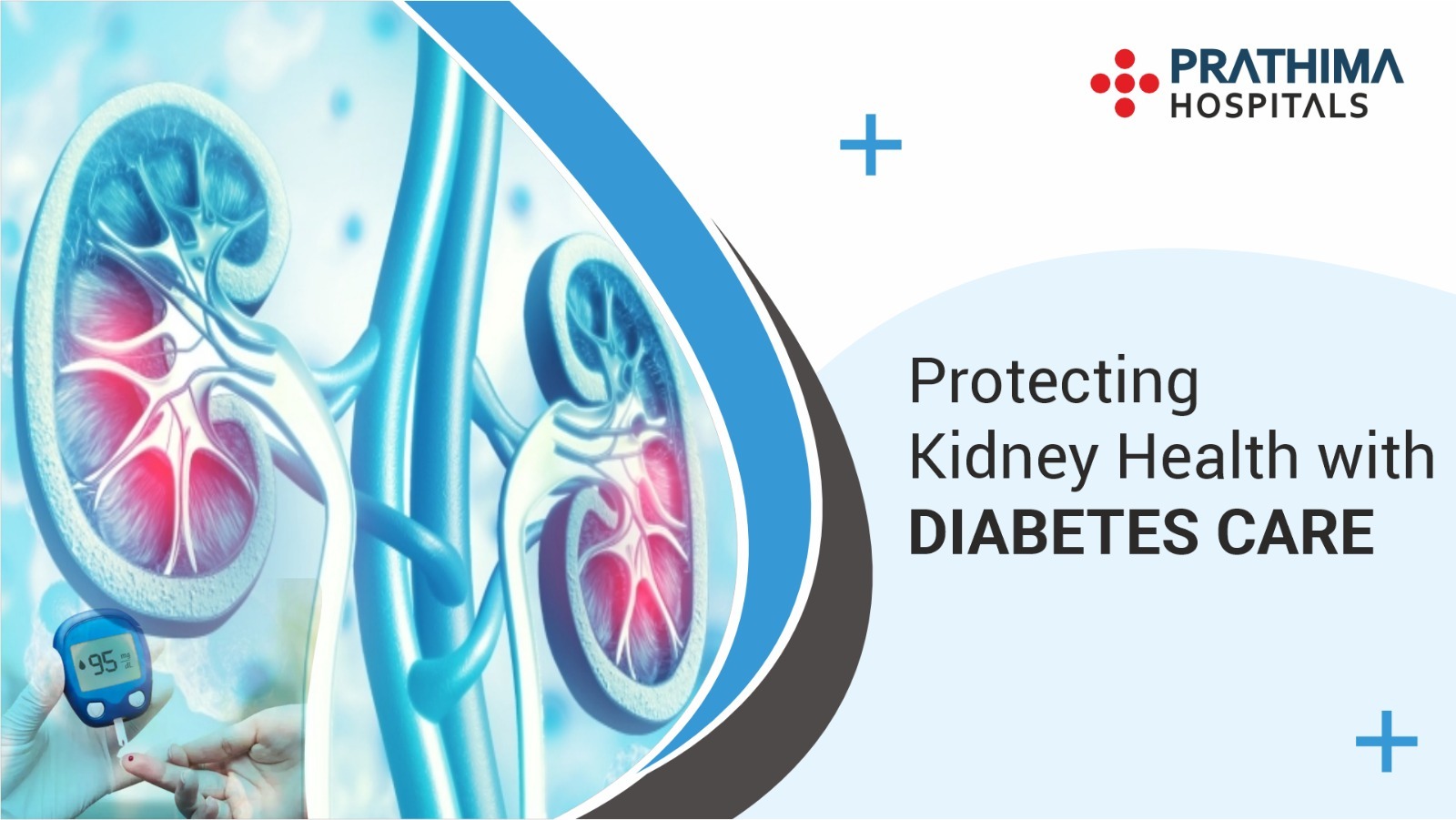Tips to Safeguard Your Respiratory Health During Monsoon!

Monsoon Tips for Respiratory Health
Introduction:
During the monsoon season, which brings relief from intense heat but also introduces distinct challenges, especially concerning respiratory health, it’s essential to adopt effective strategies for maintaining well-being. The surge in humidity, damp conditions, and higher allergen levels can worsen existing respiratory problems. In this article, we will delve into valuable approaches to steer clear of respiratory issues and prioritize your health amidst the monsoon season. If you’re seeking guidance, don’t hesitate to consult the Best Pulmonologist in Hyderabad.
Understanding Monsoon Respiratory Challenges:
The monsoon season, characterized by heavy rainfall and increased humidity, ushers in a refreshing change from the sweltering heat of summer. However, it also brings along its own set of challenges, particularly for individuals with respiratory issues. Understanding these challenges is crucial to taking proactive steps to protect your respiratory health during this time.
- Elevated Humidity: Monsoon weather often leads to high levels of humidity. While this can be a relief from dry conditions, excessive humidity can create an environment conducive to the growth of mould and dust mites. These allergens thrive in damp conditions and can trigger allergic reactions, and asthma attacks, and worsen chronic obstructive pulmonary disease (COPD) symptoms.
- Increased Allergen Exposure: The dampness during the monsoon can cause mould to flourish in indoor and outdoor environments. Mould spores become airborne, and when inhaled, they can irritate the respiratory tract, leading to symptoms such as sneezing, coughing, wheezing, and congestion. Similarly, dust mites, which thrive in humid conditions, can trigger allergies and exacerbate respiratory conditions.
- Indoor Air Quality: People tend to spend more time indoors during the monsoon season to avoid rain. However, indoor air quality can become a concern if proper ventilation is not maintained. Poor ventilation, coupled with the increased presence of allergens, pollutants, and volatile organic compounds (VOCs), can lead to indoor air pollution and respiratory discomfort.
- Vector-Borne Diseases: Monsoon rains give rise to a concerning issue – the accumulation of stagnant water in diverse locations, which becomes ideal breeding grounds for mosquitoes. Consequently, the prevalence of vector-borne diseases such as dengue and chikungunya tends to rise during this period. These illnesses can lead to symptoms like fever, joint pain, and even respiratory manifestations, thereby posing a notable risk, particularly to individuals with compromised respiratory health. If you’re located in Kukatpally and require expert assistance, consider consulting the Best Pulmonologist in Kukatpally to ensure comprehensive respiratory care during this vulnerable season.
- Airborne Pollutants: While rains can clear the air of some pollutants, they can also mix with rainwater to create a mixture that can be harmful when inhaled. Heavy rain can cause pollutants present in the atmosphere to settle, leading to increased air pollution levels after the rain. People with respiratory conditions may experience worsened symptoms due to this temporary spike in pollution.
- Respiratory Infections: Monsoon weather can create favourable conditions for the spread of infections. Viral and bacterial respiratory infections, such as the common cold and flu, are more common during this time. These infections can aggravate existing respiratory conditions and lead to acute exacerbations.
- Seasonal Allergies: Along with mould and dust mites, other allergens like pollen and spores from plants and trees can contribute to seasonal allergies during the monsoon. As a result of these allergens, you may encounter symptoms such as sneezing, runny nose, and itchy eyes.
- Indoor Drying Practices: During the monsoon, clothes and other items may take longer to dry due to high humidity levels. People often resort to indoor drying, which can lead to increased indoor humidity levels. Damp clothing and linens can contribute to the growth of mould and dust mites.
- Impact on Lung Function: For individuals with pre-existing respiratory conditions such as asthma, COPD, or bronchitis, the monsoon can exacerbate symptoms. The combination of increased humidity, allergens, and airborne pollutants can lead to inflammation of the airways, causing difficulty in breathing and chest tightness.
- Respiratory Symptom Triggers: Monsoon weather can trigger respiratory symptoms in individuals who are sensitive to changes in temperature and humidity. Sudden temperature variations between the warm outdoors and air-conditioned indoors can lead to coughing, sneezing, and throat irritation.
Suggestions by Best Pulmonologist in KPHB for Maintaining Respiratory Health:
Respiratory health is of utmost importance, especially during the monsoon season when dampness and allergens are more prevalent. Here are detailed tips to help you navigate through the challenges and maintain your respiratory well-being:
Indoor Air Quality:
- Ventilation: Ensure proper ventilation in your living spaces. Open windows and doors during periods of low humidity to allow fresh air circulation and reduce indoor moisture.
- Dehumidifiers: Consider using dehumidifiers in areas prone to excess humidity. These devices help maintain optimal humidity levels and discourage mould growth.
- Houseplants: While houseplants are aesthetically pleasing, they can increase indoor humidity. Limit the number of plants indoors, especially in bedrooms.
Allergen Management:
- Regular Cleaning: Regularly clean your home to minimize allergen buildup. Vacuum carpets, rugs, upholstery, and curtains using a vacuum cleaner equipped with a HEPA filter.
- Bedding Care: Wash bed linens, pillowcases, and curtains frequently in hot water to eliminate dust mites. Cover mattresses and pillows to prevent dust mites from entering.
- Carpets and Rugs: If possible, reduce the use of carpets and rugs, as they can trap allergens. Opt for easy-to-clean flooring options.
Personal Hygiene:
- Hand Hygiene: Wash your hands frequently with soap and water, especially after outdoor activities. Hand hygiene prevents the transfer of germs and viruses to your respiratory tract.
- Shower After Rain: If you get caught in the rain, take a shower as soon as possible to remove any pollutants that may have settled on your skin.
Stay Hydrated:
- Adequate Fluid Intake: Drink plenty of water to keep your respiratory mucous membranes moist. Proper hydration helps prevent irritation and congestion.
- Warm Liquids: Warm fluids like herbal teas, soups, and warm water with honey and lemon can provide relief from congestion and soothe irritated airways.
Manage Allergies:
- Consult an Allergist: If you have allergies, consult an allergist or immunologist for proper diagnosis and management. Allergy testing can identify specific triggers and guide treatment.
- Allergy Medications: Your healthcare provider may recommend allergy medications like antihistamines, decongestants, or nasal corticosteroids to alleviate symptoms.
Avoid Smoke and Fumes:
- Don’t smoke: If you smoke, try to quit. Smoking damages lung tissues and worsens respiratory conditions.
- Cooking Precautions: Use exhaust fans while cooking to prevent indoor air pollution from cooking fumes. Consider steaming or baking as healthier methods of cooking.
Maintain a Balanced Diet:
- Incorporate Antioxidants: Consume a diet rich in fruits and vegetables that contain antioxidants, such as vitamins C and E. These nutrients protect your respiratory cells from damage.
- Omega-3 Fatty Acids: Include sources of omega-3 fatty acids like fatty fish (salmon, mackerel) and flaxseeds. Omega-3s have anti-inflammatory properties beneficial for lung health.
Stay Active Indoors:
- Indoor Exercises: Engage in indoor physical activities like yoga, stretching, or simple aerobic exercises. Physical activity enhances lung function and circulation.
- Deep Breathing Exercises: Practice deep breathing exercises to strengthen respiratory muscles and improve lung capacity. It is easy to incorporate these exercises into your daily routine.
Minimize Outdoor Exposure:
- Air Quality Index (AQI): Check the air quality index before heading outdoors. If the air pollution level is high, you should avoid outdoor activities.
- Masks: If air quality is poor, consider wearing a mask designed to filter out particulate matter when outdoors.
Stay Informed:
- Weather Updates: Stay updated with weather forecasts, especially during the monsoon season. Avoid venturing out during heavy rains to prevent exposure to pollutants.
- Health Alerts: Pay attention to health advisories or alerts issued by local authorities regarding air quality and vector-borne diseases.
Respiratory Medications:
- Follow Prescriptions: If you have a pre-existing respiratory condition, adhere to your prescribed medications. Consult Best Pulmonologist in Kachiguda if you need adjustments based on weather changes.
Stay Vaccinated:
- Flu Vaccine: Get an annual flu vaccine to protect yourself from seasonal influenza. Influenza can worsen respiratory symptoms and lead to complications.
Seek Medical Help:
- Timely Attention: If you experience worsening respiratory symptoms such as persistent cough, shortness of breath, chest pain, or fever, seek medical attention promptly.
Conclusion:
The monsoon season can be challenging for respiratory health, but by adopting these practical measures, you can significantly reduce the risk of respiratory problems. From maintaining indoor air quality to managing allergies and staying informed about weather conditions, taking proactive steps will help you enjoy the monsoon while safeguarding your respiratory well-being. Remember that personalized healthcare advice is crucial, so consult your healthcare provider for guidance tailored to your specific needs.
.
.
.
.
.
For more details:
📞:: 733 733 6600 | 040 4345 4345
🌐:: https://prathimahospitals.com/book-appointment/





